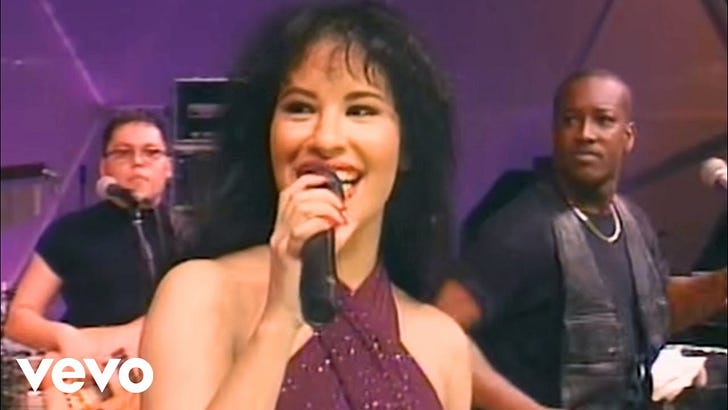Also known as Tex-Mex music, tejano is a popular music style fusing Mexican, European, and US influences. With elements from Mexican-Spanish vocal traditions and Czech and German dance tunes and rhythms, particularly polka or waltz, the music is traditionally played by small groups featuring accordion and guitar.
Its evolution began in northern Mexico (a variation known as norteño) and Texas in the mid-19th century with the introduction of the accordion by German, Polish, and Czech immigrants. Central to the evolution of early tejano music was the blend of traditional forms such as the corrido and mariachi with continental European styles. Electric guitars and drums were soon added to conjunto combos.
Three major categories are conjunto, orquesta, and modern. A conjunto band is composed of accordion, bajo sexto (a bass instrument with 6 double courses and 12 strings), electric bass, and drums. An orquesta consists of bass, drums, electric guitar, synthesizer, and a brass section on which it relies heavily for its sound. It can also have an accordion in the band at times. A modern tejano band consists of synthesizers, drums, electric guitar, bass, and at times an accordion.
In recent years, there has been an increasing Mexican influence on tejano music resulting in a sound more like norteño. 1970s– .



Utterly fascinating